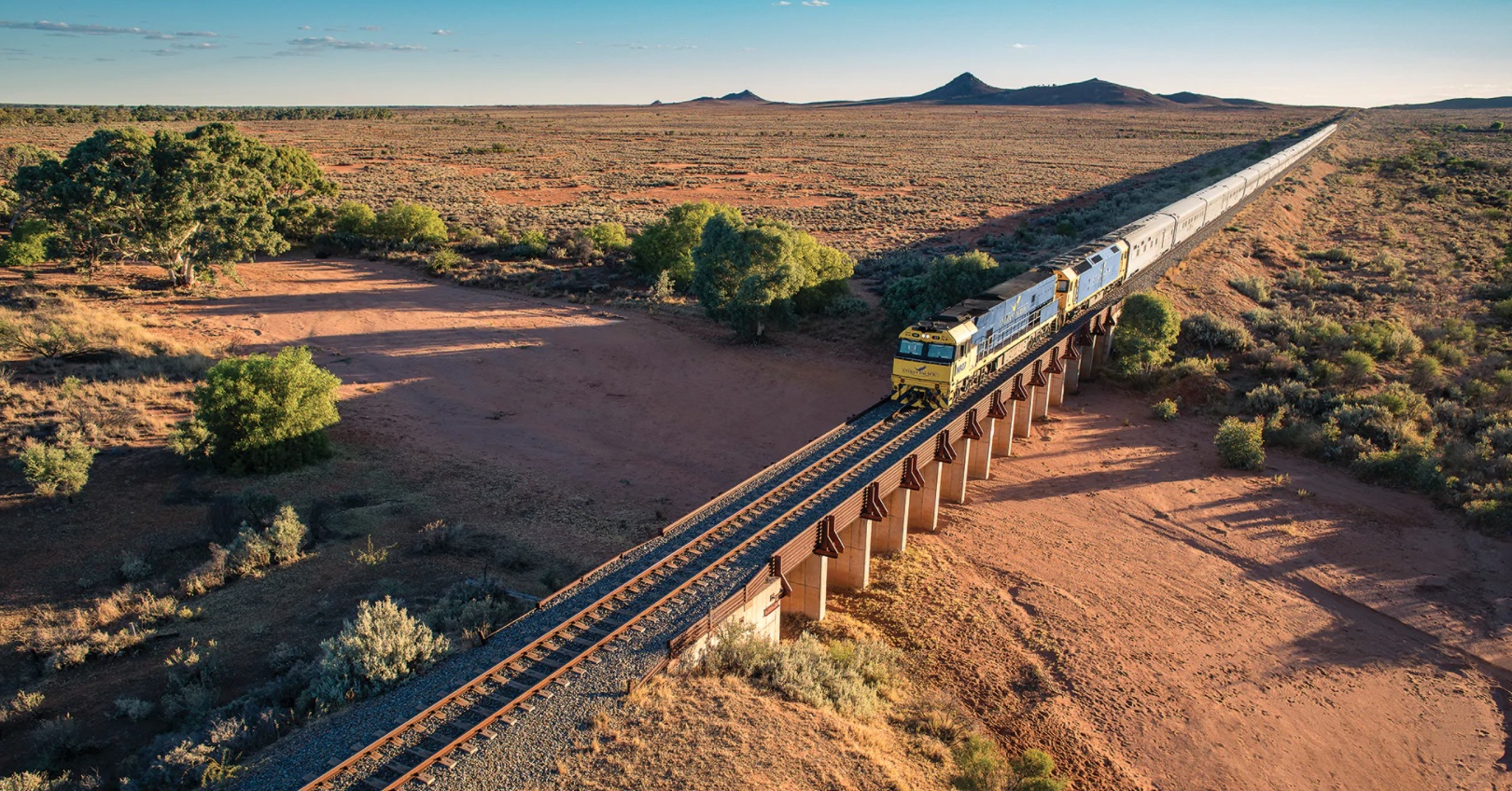The Covid-19 outbreak has now been declared a pandemic by the World Health Organisation. There are now over 200,000 confirmed cases and that number is increasing daily. With governments around the world implementing strict measures to minimize transmission of the disease, even the most optimistic people fear that we are heading towards a global recession.
China, without a doubt, is Australia’s largest trading partner. In the fiscal year 2017-18, the trade between these two counties was worth almost $200 billion. And a slowdown in international trade between Australia and China has the potential to impact significantly on trade and sales for many export-dependent enterprises.
Many Australian companies have already been caught in the fallout from the coronavirus outbreak, and manufacturing shutdowns across China have hit the supply chains globally.
The Australian mining sector is expected to experience a significant and direct impact from COVID-19. As manufacturing and construction in China have stalled, Australia’s multi-billion-dollar mining industry has started has already seen the impacts of recent weeks.
Commodity prices, particularly for crude oil, iron ore, copper and other industrial products, have all fallen on the back of reduced economic activity in China and challenging global trade conditions generally.
The global restrictions to encourage social distancing due to coronavirus have meant that some mining projects have either slowed down or stopped altogether.
Machinery and equipment manufacturers, especially mining and industrial machinery manufacturing firms, are directly exposed to changes in demand from the mining sector. The decrease in manufacturing and construction activity in China has weakened the demand for minerals such as iron.
The chances are high that the demand for steel can also be disrupted due to no manufacturing activity or closure of Chinese smelters. Either of these factors is most likely to reduce demand for iron ore and black coal significantly, presenting a significant threat to Australian miners.
On the other hand, we can see the reverse effect in the precious metals sector. These producers are likely to benefit from COVID-19 fears. It might surprise you, but many investors are shifting towards safe assets like gold, silver, and palladium. The price of gold reached a seven-year high of $2558.53 per ounce in the second week of March.
As for Trakblaze, it is business as usual and our plan is to push on and continue to support our customers as best as we can across the Mining & Rail sectors and look forward to providing continued weighing and balancing solutions for both new and existing customers.




